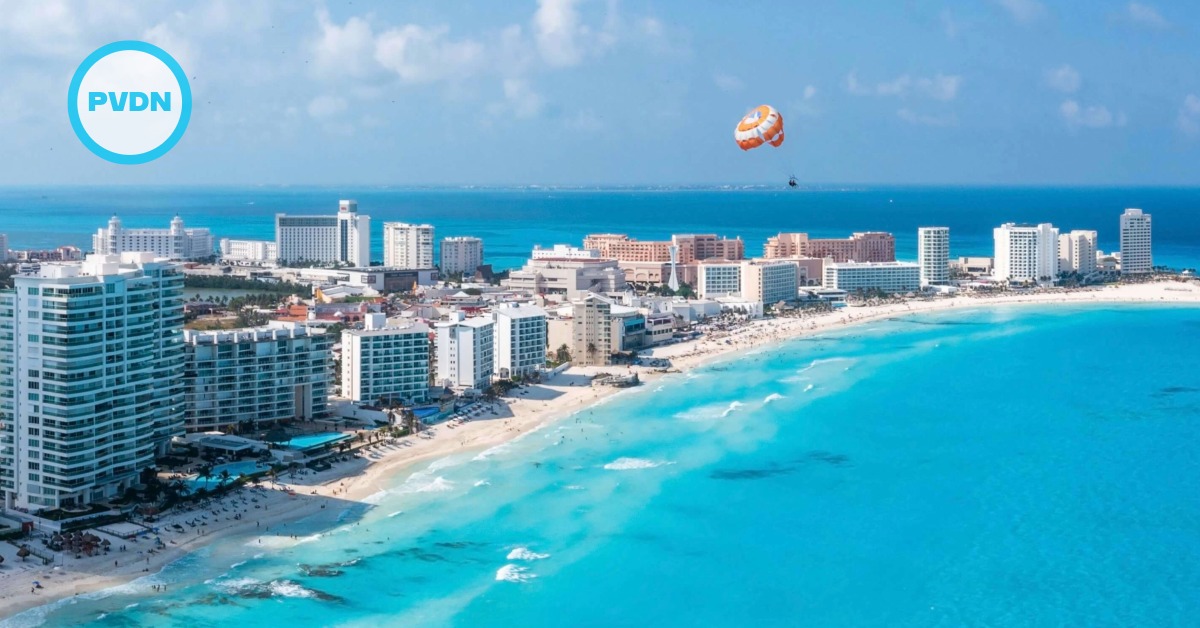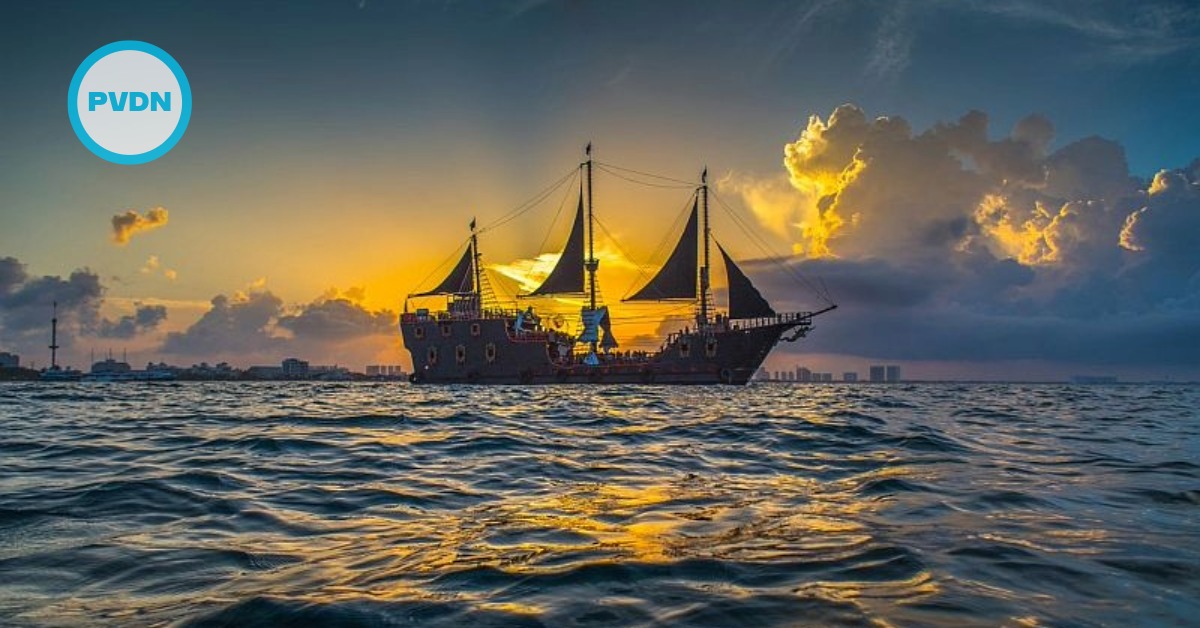Roughly 5,000 people, mostly from Central America’s violent and unstable “Northern Triangle” of Guatemala, El Salvador and Honduras are reportedly making their way through Mexico with the intention of claiming asylum at the U.S. border. The so-called “migrant caravan” is attracting intense social and political attention, with U.S. President Donald Trump declaring it a “






